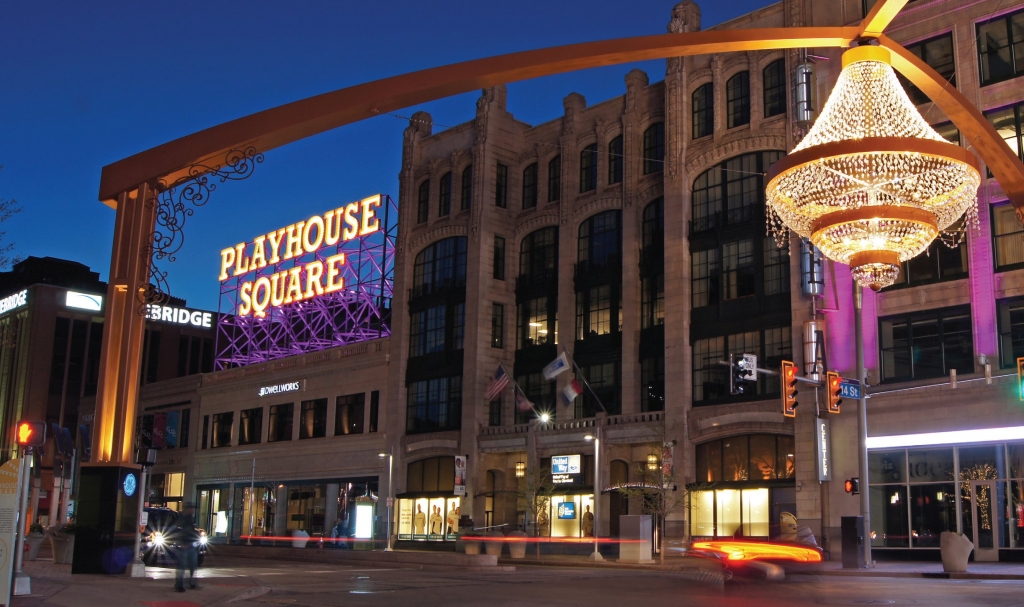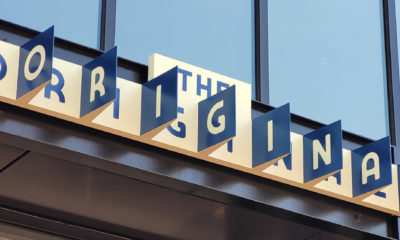Forty years ago, the Society for Environmental Graphic Design (SEGD) was a fledgling organization that attempted to impress upon architects, general contractors, property owners and managers, and other interested parties, the importance of signage and environmental graphics – not as utilitarian identifiers of facility amenities, but rather as essential branding and placemaking tools.
Now the Society for Experiential Graphic Design, it’s grown into a broad-based organization that represents designers, fabricators, vendors, academics and end users, all of whom share the common interests of staying informed about evolving technologies, materials, issues in dealing with governmental entities and general contractors, and numerous topics that impact built-environment graphic treatments.
Several SEGD-member designers and fabricators from diverse backgrounds have graciously answered questions about trends in the environmental-graphics market. In an industry whose diversity grows daily, one voice can’t speak as an all-encompassing industry authority, but these experts embody the industry’s breadth.
Mark Andreasson, President, Design Communications Ltd. (DCL), Boston
Other than computerization, what have been significant changes for your business?
I’ve worked in the sign industry for about 35 years. The evolution of LED technology, both in terms of lighting and media displays, has led to various new products, and provided great versatility for the manufacturing of custom sign elements. From a business standpoint, the evolution of EGD as a profession, and the increasing sophistication of wayfinding, signage and specialty environmental graphics, have transformed the business. The development of digital signage, which has happened in parallel, will make it interesting to see how the development of virtual signage and wayfinding will impact our profession.
What improvements have occurred with the designer/fabricator relationship, and what are areas of opportunity?
We do a significant amount of negotiated work and design/build collaborations, but only with true design professionals. We engineer designs, but don’t design ourselves. That’s an important distinction. The designer/fabricator relationship improves as both groups better understand one another’s roles. Working together yields better projects. Despite its intended benefits, the bid process creates adversarial relationships.
From the design firm, incorrect or inadequate specs are the most common shortfall. From the fabrication perspective, shops that ignore design specs and deliver their own interpretation, usually in an effort to reduce cost and without engaging the designer, create numerous problems.
Given the complex nature of many large projects, it would be nearly impossible and incredibly expensive to detail every project aspect following a traditional design/bid/build scenario. Most owners don’t want to pay a design firm for that level of documentation, and many firms don’t have that level of expertise.
The first essential component is a knowledgeable owner. When working collaboratively to develop a scope and budget, a project becomes very malleable. For one recent project, our team consisted of the owner, construction manager, designer, the fabricator (us), the lighting consultant, LED display manufacturer, electrical contractor, civil engineer, site contractor, masonry contractor, rigging and installation vendor, plus other involved trades. This level of collaboration and detail for a “sign project” would seem indicative of a large building’s construction. That reflects the level of involvement that modern environmental graphics require.



 Tip Sheet3 days ago
Tip Sheet3 days ago
 Business Management2 weeks ago
Business Management2 weeks ago
 Women in Signs2 weeks ago
Women in Signs2 weeks ago
 Real Deal4 days ago
Real Deal4 days ago
 Editor's Note1 week ago
Editor's Note1 week ago
 Benchmarks15 hours ago
Benchmarks15 hours ago
 Line Time2 weeks ago
Line Time2 weeks ago
 Product Buying + Technology1 week ago
Product Buying + Technology1 week ago









